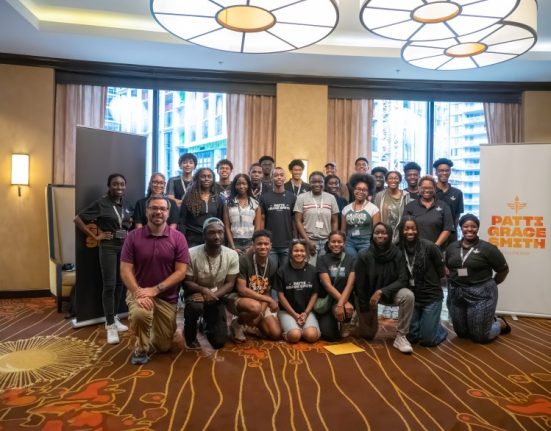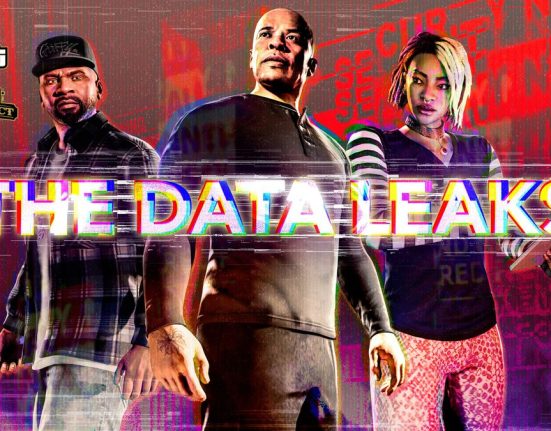The moment Pixar revealed the first new characters in Inside out 2, fans of the animation studio began arguing about the film's basic conceit. 2015 Inside out centered on five characters who represent the basic emotions of an 11-year-old girl named Riley: joy, sadness, fear, disgust and anger. In the sequel, Riley reaches puberty when she turns 13 and new emotions It suddenly took shape in his head: Anxiety, envy, shame and boredom. Fans of the first film had a lot questions and complaints: Aren't these emotions simply minor variants of the existing ones? Why are all negative? And above all, Why weren't there any of these emotions? around in the first movie?
Of all the concerns, the last one seems the most legitimate: Inside out took viewers inside many different heads, but only found the original five emotions there. Much has been theorized about how Inside out 2 would reconcile that apparent continuity error. In the end, however, the new film doesn't really address this issue. And you know what? Alright. It is not a big thing. And it's certainly no reason to reject a thoughtful and emotionally powerful film. This is why.
(Ed. note: Credits spoilers Inside out and some small ones Inside out 2 jokes ahead.)
:no_upscale()/cdn.vox-cdn.com/uploads/chorus_asset/file/25490550/INSIDE_OUT_2_ONLINE_USE_i250_114b_pub.pub16.1076.jpg)
Image: Disney/Pixar
The complaint about the new emotions holds water. While the concomitant arrival of puberty and feelings like anxiety and shame is both a source of humor for the film and an invitation to empathize with how difficult it is to be 13, it raises many of the questions that construct the world of Pixar fans. I love to complain about. Once the new film recognizes anxiety as a separate emotion from fear, with its own problems and its own agendas, many questions arise.
The largest comes from one of Inside outBest Jokes: An end credits montage that comes to mind for many other people to see what the balance between the five basic emotions looks like to other people. (Plus a cat and a dog). Once Inside out Director Pete Docter has established the character of the film. complicated visual language and symbolismuses this kind of looking into other people's heads to say things about the human experience in quite subtle ways.
In Riley's head, Joy is in charge, to the point that she loudly resists and resents any intervention from Sadness. But in her mother's mind, Sadness is positioned as the leader of the group, which she runs as a respectful and thoughtful committee. And Riley's father is piloted by Anger, a gruff military type who treats all other emotions like junior officers. Both decisions help the audience understand Riley's parents in a surprisingly intimate way. But mostly, the looks at other people's heads are just for quick humor. The fact that we see so many heads and never see Anxiety in them seems strange in retrospect, and spoils the joke about how people are so internally similar, but so wildly different.
:no_upscale()/cdn.vox-cdn.com/uploads/chorus_asset/file/25492041/MCDINOU_WD034.jpg)
Image: Disney/Pixar via Everett Collection
Inside out 2 addresses this discrepancy in a very small way, with short gags in which adult versions of Anxiety emerge from behind a curtain to address the five original emotions inside Riley's parents' heads. Those moments, one of which is included in the film's final trailer. – is an obvious after-the-fact solution, a “We were here the whole time, but you didn't notice us” explanation that isn't particularly convincing, given that any other emotion in Riley's head would certainly have at least been consulted during the chaos of the first movie. But honestly, it doesn't have to be compelling, because strict doctrinal continuity simply isn't important for the Inside Out movies.
Both Inside Out films are based on emotional truths, not literal ones. And the emotional truth here is that when Riley faces problems he's never faced before (among them the vast hormonal changes of puberty), feel as if she were not only experiencing new emotions, but that they were taking over her. Very similar to magic panda transformations in turning redThe assumption that new emotions appear is metaphorical and focuses on the experience of becoming a teenager. It is not a scientific map of the brain. and he is worried above all with Riley's subjective experiencenot with psychoanalyzing the rest of the world.
Director Kelsey Mann and his co-writers (including Inside out 2 co-writer Meg LeFauve) are not saying that adults never experience shame or envy. But they also cannot retroactively recondition Inside out to fit your story. That is a purely practical and mechanical problem. The kind of thing that sometimes necessarily happens in franchises. – rather than a mistake due to carelessness or the fact that the new film team does not understand the original property. It's worth criticizing the creators about continuity when taking over a beloved story and getting the tone or characters completely wrong. But there is no point in criticizing them for not having invented time travel.
:no_upscale()/cdn.vox-cdn.com/uploads/chorus_asset/file/25492044/MCDINOU_WD036.jpg)
Image: Disney/Pixar via Everett Collection
Yes, Mann and company could have insisted on making a film that only used the characters from the original film, but they would have risked falling into the usual “more of the same, but stronger” problem that sequels often have. Instead, they I spoke with psychologists and a neuroscientist. about how puberty affects the brain and built a story that acknowledges those changes and what they can feel like. And yes, they could have strived to find a solution that would eventually fuse the new emotions with the existing ones (anxiety and shame dissolving into fear, boredom into disgust, and envy into sadness), but that wouldn't necessarily have felt true to the human experience. any.
For some people, new emotions can be a deal breaker in the narrative, and that's okay – adding new characters to a new version of an existing story can sometimes be a challenge. mercenary decisionto one lazy, or both, so it is reasonable to have doubts. For people who suffer from their own anxiety in particular, it can be frustrating to have that experience overlooked as something that doesn't happen to adults, except in the most tame and minimal terms.
But rather than adding up this break in continuity for a CinemaSins-style summary of unforgivable failures, it's worth considering everything that happened and how little effect it has on the many meaningful ways these two films interact with each other, beyond Making a few scattered jokes lands less effectively. And it is also worth considering how well Inside out 2 works on its own merit, in terms of exploring how these new emotions interact with each other and what that means for Riley's life and her relationships with other people.
After all, thinks Mad Max creator George Miller Strict franchise continuity is not as important as telling a compelling story.. Why should we?
Inside out 2 It's already in theaters.













Leave feedback about this